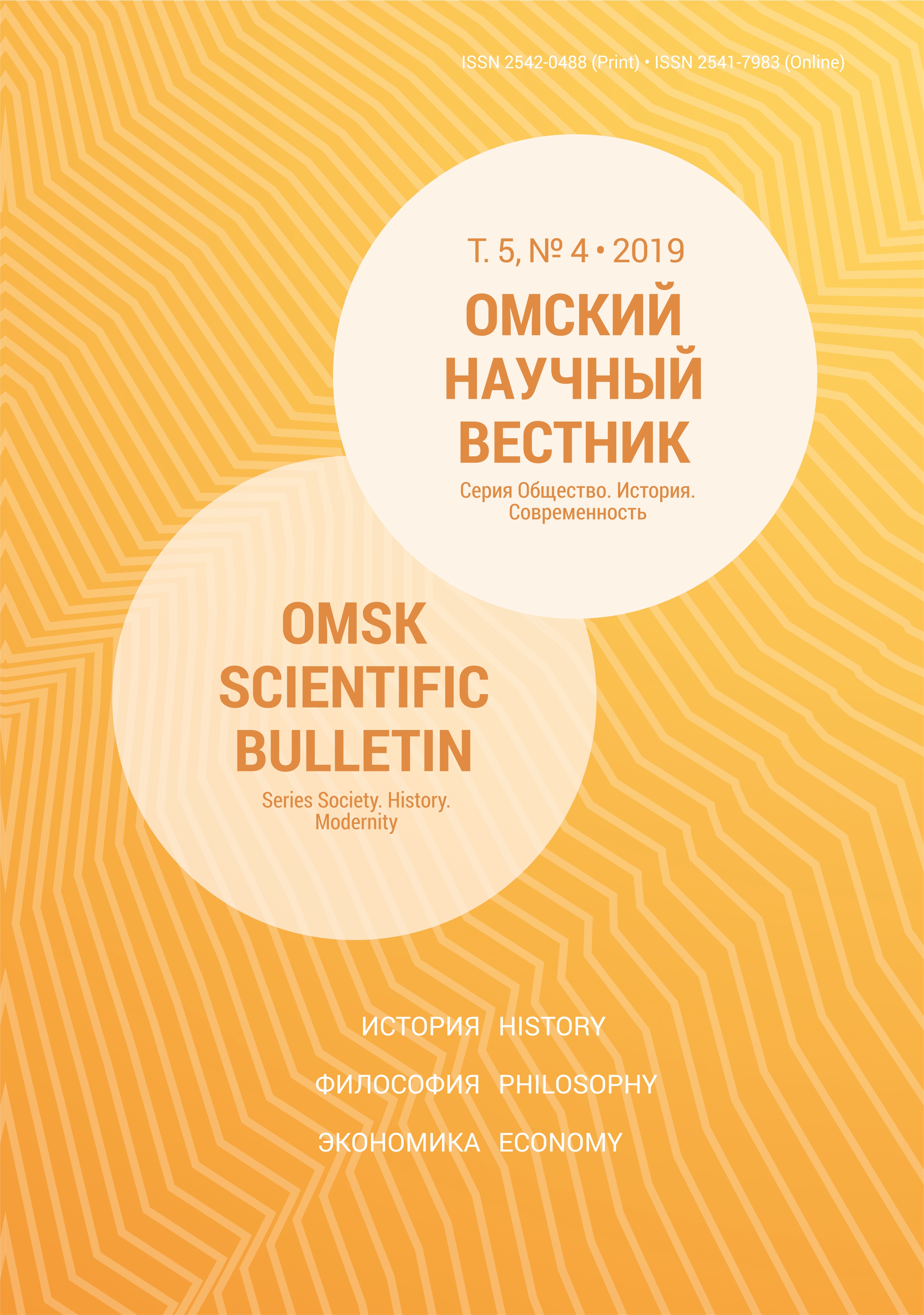Armed conflict in the Khalkhin-Gol region: issues of military justice
DOI:
https://doi.org/10.25206/2542-0488-2019-4-4-24-27Keywords:
Khalkhin-Gol, military criminal trial, military tribunal, administration of justice, armed conflictAbstract
The article is devoted to the study of problematic issues of the functioning of the military judicial bodies in Soviet Russia during the armed confrontation in Mongolia near the Khalkhin-Gol River, which lasted from spring to autumn 1939. A brief description of the foreign policy of the Japanese Empire is given, the causes of the conflict are identified. The author made an attempt to determine the main stages and consider the course of hostilities. The example of specific military criminal processes shows the activities of the military prosecutor’s office and military tribunals in maintaining the discipline and law and order of the troops. As a result of the study, the author comes to the conclusion that during the period of armed conflict, the system of military justice bodies, in general, paid off. The activities of the military tribunals were ensured by a system of procedural guarantees. Many military justice officials have been persistent, courageous, and professional, providing discipline
and law and order in the troops.
Downloads
Published
How to Cite
Issue
Section
License
Non-exclusive rights to the article are transferred to the journal in full accordance with the Creative Commons License BY-NC-SA 4.0 «Attribution-NonCommercial-ShareAlike 4.0 Worldwide License (CC BY-NC-SA 4.0»)




